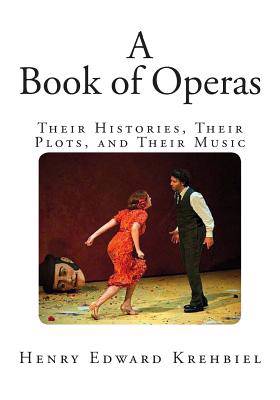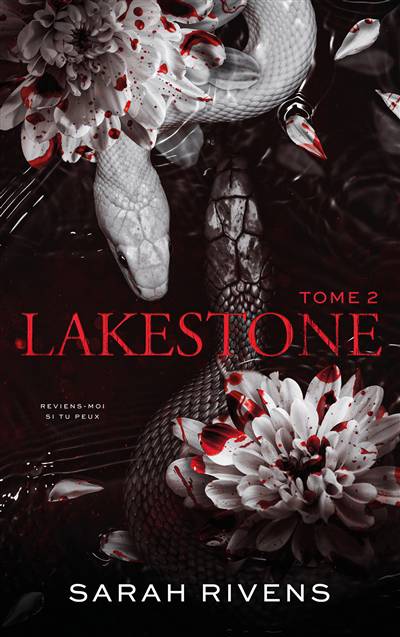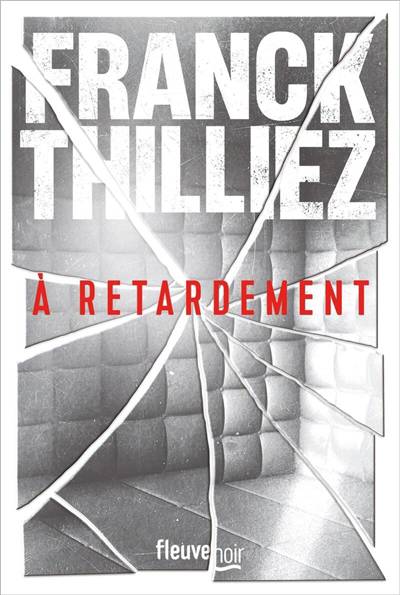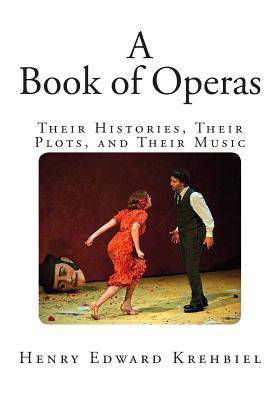
- Retrait gratuit dans votre magasin Club
- 7.000.000 titres dans notre catalogue
- Payer en toute sécurité
- Toujours un magasin près de chez vous
- Retrait gratuit dans votre magasin Club
- 7.000.0000 titres dans notre catalogue
- Payer en toute sécurité
- Toujours un magasin près de chez vous
17,45 €
+ 34 points
Format
Description
A Book of Operas - Their Histories, Their Plots, and Their Music by Henry Edward Krehbiel Complete New Student / Teacher Edition The history of what is popularly called Italian opera begins in the United States with a performance of Rossini's lyrical comedy "Il Barbiere di Siviglia"; it may, therefore, fittingly take the first place in these operatic studies. The place was the Park Theatre, then situated in Chambers Street, east of Broadway, and the date November 29, 1825. It was not the first performance of Italian opera music in America, however, nor yet of Rossini's merry work. In the early years of the nineteenth century New York was almost as fully abreast of the times in the matter of dramatic entertainments as London. New works produced in the English capital were heard in New York as soon as the ships of that day could bring over the books and the actors. Especially was this true of English ballad operas and English transcriptions, or adaptations, of French, German, and Italian operas. New York was five months ahead of Paris in making the acquaintance of the operatic version of Beaumarchais's "Barbier de Séville." The first performance of Rossini's opera took place in Rome on February 5, 1816. London heard it in its original form at the King's Theatre on March 10, 1818, with Garcia, the first Count Almaviva, in that part. The opera "went off with unbounded applause," says Parke (an oboe player, who has left us two volumes of entertaining and instructive memoirs), but it did not win the degree of favor enjoyed by the other operas of Rossini then current on the English stage. It dropped out of the repertory of the King's Theatre and was not revived until 1822--a year in which the popularity of Rossini in the British metropolis may be measured by the fact that all but four of the operas brought forward that year were composed by him. Opera is an art form in which singers and musicians perform a dramatic work combining text (called a libretto) and musical score, usually in a theatrical setting. Opera incorporates many of the elements of spoken theatre, such as acting, scenery, and costumes and sometimes includes dance. The performance is typically given in an opera house, accompanied by an orchestra or smaller musical ensemble.
Spécifications
Parties prenantes
- Auteur(s) :
- Editeur:
Contenu
- Nombre de pages :
- 208
- Langue:
- Anglais
- Collection :
Caractéristiques
- EAN:
- 9781497549586
- Date de parution :
- 04-04-14
- Format:
- Livre broché
- Format numérique:
- Trade paperback (VS)
- Dimensions :
- 178 mm x 254 mm
- Poids :
- 367 g

Les avis
Nous publions uniquement les avis qui respectent les conditions requises. Consultez nos conditions pour les avis.






